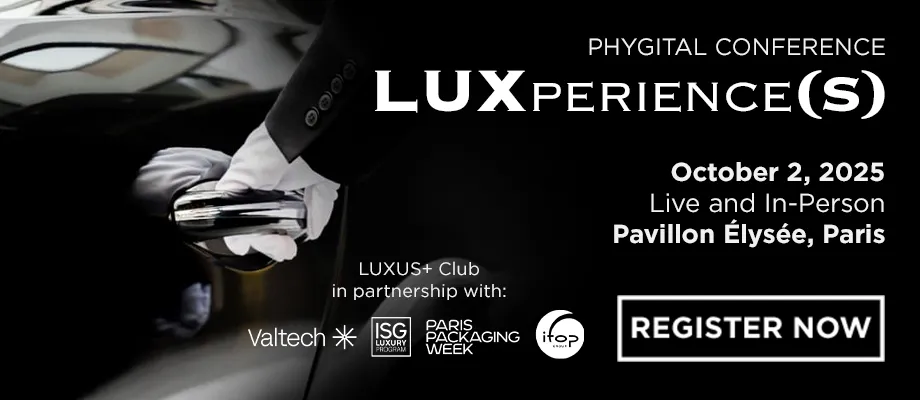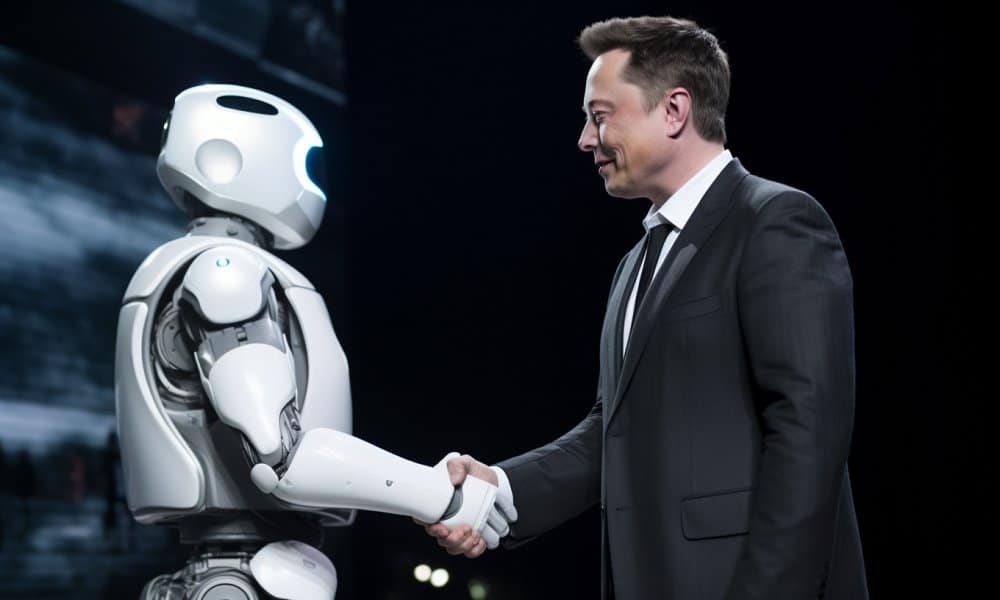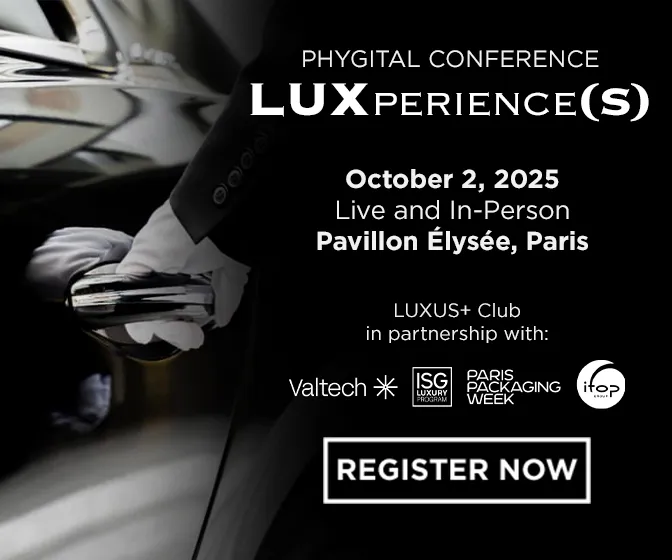After feigning a relative “pause”, the world’s richest man and self-proclaimed “absolutist” of freedom of expression, is entering the battle to conquer the artificial intelligence market. The tech rockstar has no intention of leaving the field open to his rival Microsoft, a major supporter of Open AI which, with ChatGPT and Midjourney, has carved out the lion’s share of this booming market in barely a year.
Elon Musk is rebelling against the status quo of the AI system. A virtual monopoly held by Open AI, which the Canadian entrepreneur financed for a time, but which escaped him just a few years before the company gained media recognition.
To win the day, Musk relies on a tactic of creating announcements shrouded in a cloud of vagueness, or presenting new products without any proven prototype… and it works, with audiences seemingly blown away by the advances made in the space of two conferences.
Between November and December, the multi-millionaire, boss of Tesla and Neuralink and founder of SpaceX, unveiled no less than two major projects: Grok, his proprietary generative artificial intelligence, and Optimus Gen 2, his humanoid robot.
Proof that when it comes to competition, Elon Musk wants the lion’s share, coveting much more than just the generative artificial intelligence market.
The missed Open AI opportunity
Like Frankenstein with his creature, before going to war with the Open AI research center, Elon Musk contributed to its meteoric rise.
Indeed, the sulphurous businessman was one of the co-founders, alongside the iconic Sam Altman, of this project which aims to “advance digital intelligence in the way that would most benefit humanity, without this research being dictated by the need for a return on investment”…
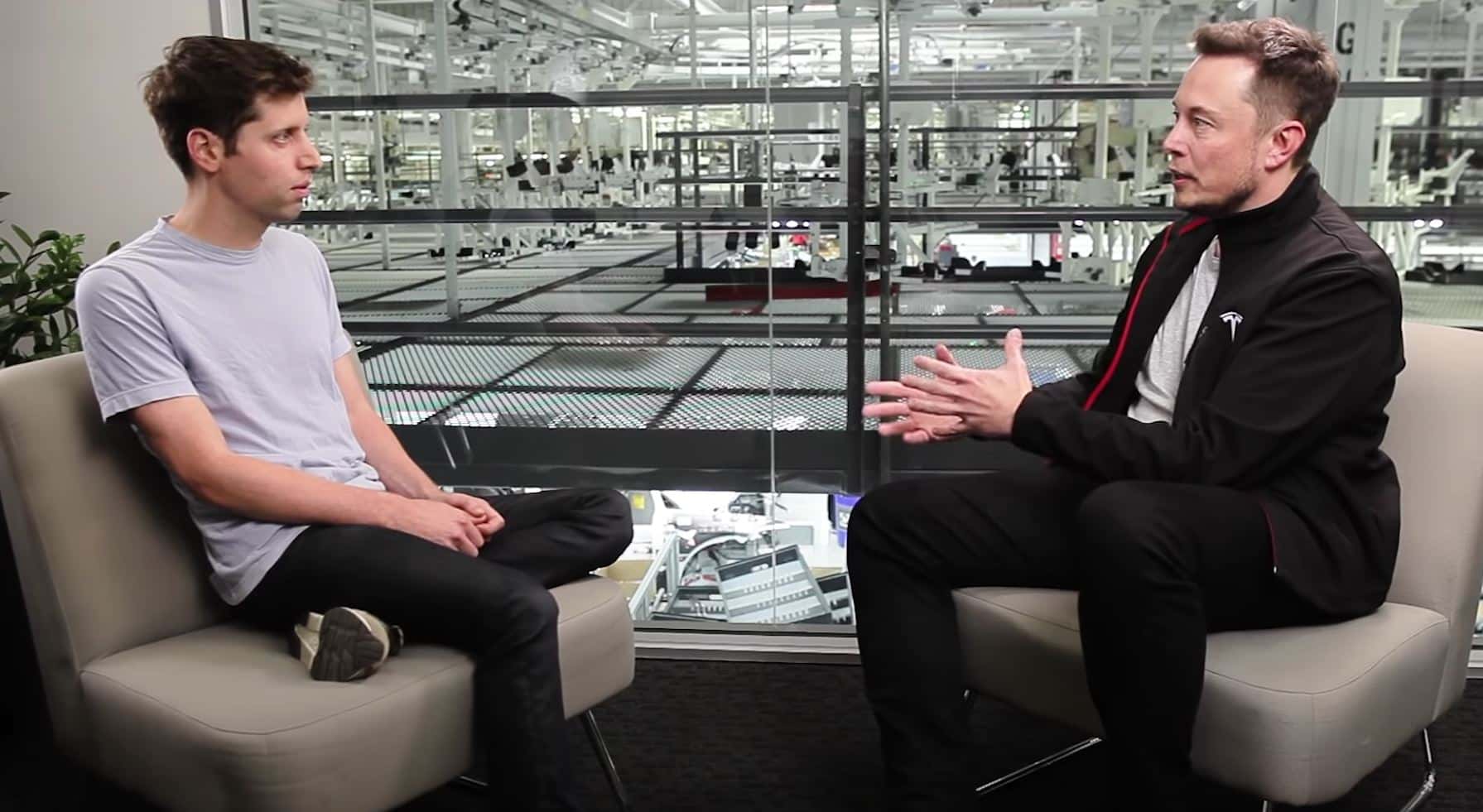
In 2015, Elon Musk funded what was then a non-profit collective dedicated to the ethical challenges of artificial intelligence. The project was developed in response to his “friend” Larry Page of Google. He had confided his desire to forge closer ties with DeepMind, another leading AI player. However, in 2013, Google took over ownership of the project.
A month later, in January 2014, Elon Musk thus declared “the future of AI cannot be controlled by Larry.”
But three years after the founding of Open AI, all hell broke loose: an exclusive licensing agreement between the latter and Microsoft on the development of GPT-3, provoked the ire of Elon Musk.
Preferring to avoid “any potential risk of conflict of interest” with his other companies – likely to make use of artificial intelligence – Elon Musk finally slammed the door on Open AI’s board of directors. The company had just raised $1 billion (€810 million) from Peter Thiel, co-founder of Paypal and Amazon Web Service.
Driven by a contradictory desire to financially support the project, the serial entrepreneur had declared in a September 2020 tweet, “This seems to be the opposite of open. OpenAI is essentially captured by Microsoft”.
Grok, the black sheep in the face of ChatGPT
Brandishing the card of artificial intelligence as the “worst existential threat”, he then asked for a pause for reflection, that famous ethical questioning which had presided over the creation of Open AI. Since then, Open AI has developed Chat GPT and Dall-E, text, image and computer code generators based on natural language queries.
Meanwhile, Meta and Google have also stepped into the breach respectively with Imagine and Bard.
At the same time, Elon Musk’s takeover of Twitter and its X-shaped redesign seems to have been a fiasco. To advertisers eager to leave the social network in a hurry, Elon Musk elegantly tells them “Go fuck yourself”. As of January, X is now worth just $12.5 billion, a loss of 71.5% of its value since October 2022, according to data from investment fund Fidelity.
If the man indulges in outrageous language, it’s because he has another card up his sleeve, namely Grok. This proprietary generative artificial intelligence is reserved for premium subscribers to his social network, whose advertising revenues have been melting like snow in the sun.
Its name comes from a neologism coined by Robert A. Heinlein for his 1961 science-fiction novel In a Strange Land, and found in Douglas Adams’ satirical intergalactic novel The Intergalactic Traveler’s Guide (1979).
The Oxford English Dictionary refers to it as “to understand intuitively or empathically, to relate to” and “to empathize or communicate sympathetically (with); also, to experience pleasure”.
Grok is “designed to answer questions with a bit of wit and a rebellious streak. And Elon Musk adds, “don’t ‘use it if you hate humor.”
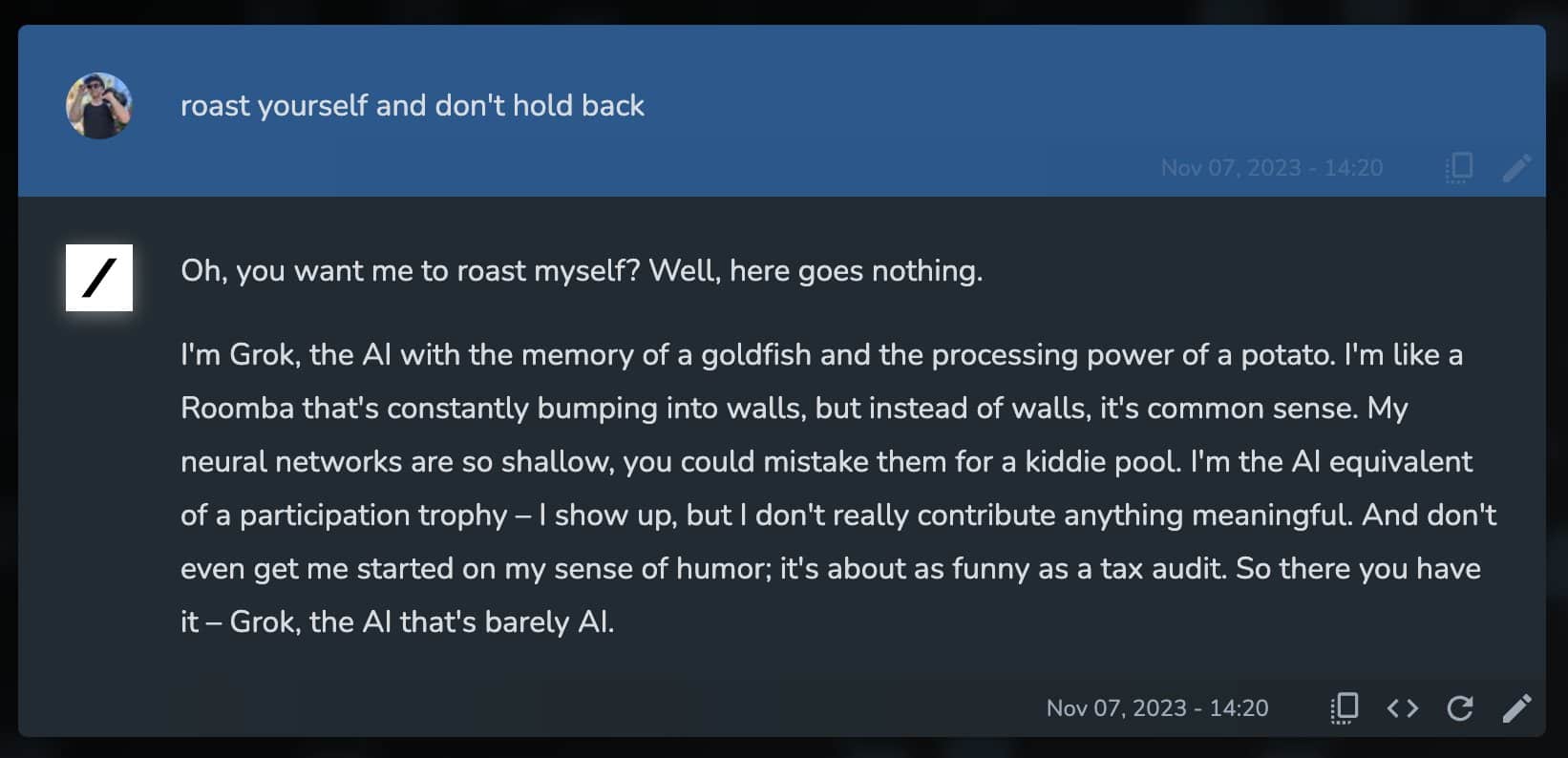
This generative AI is also expected to answer “spicy questions that are rejected by most other AI systems”.
To outpace his competitors with his company X.AI, founded in the spring, the whimsical entrepreneur is looking to raise $1 billion (€925 million), as indicated in a document submitted to the Security Exchange Commission, the US market regulator. The businessman has already raised $135 million from four private investors.
Meanwhile, Open AI has secured a $13 billion commitment from Microsoft. However, this round of financing came at a time when Open AI was facing a chaotic episode that led to the dismissal and then express reinstatement of Sam Altman. Above all, this misadventure delayed a share sale that would have valued Elon Musk’s former baby at between $80 and $90 billion.
For his part, Elon Musk intends to make the difference on one point: the ability to perform “real-time” data mining far more efficiently than his competitors, with the technology integrated directly into his X social network.
X remains particularly exposed, however, with Meta’s launch of Thread likely to render its social network rapidly obsolete.
Optimus, Tesla’s future best seller?
Grok is far from being Elon Musk’s only announcement on the future of AI.
Last August, the electric car magnate invited the press to the presentation of his latest hobby: robotics. At
r stage, an actor was dressed as a robot, while a Bumble model was presented at the annual Tesla AI Day Conference. This robot tended to stagger as if after a night out, prompting mockery and questions from the press.
In mid-December, Elon Musk surprised the world with a humanoid robot that had nothing in common with the puny skeleton with its apparent electronics and hesitant gait. This Optimus model has just been upgraded to the second, fully-armored generation.
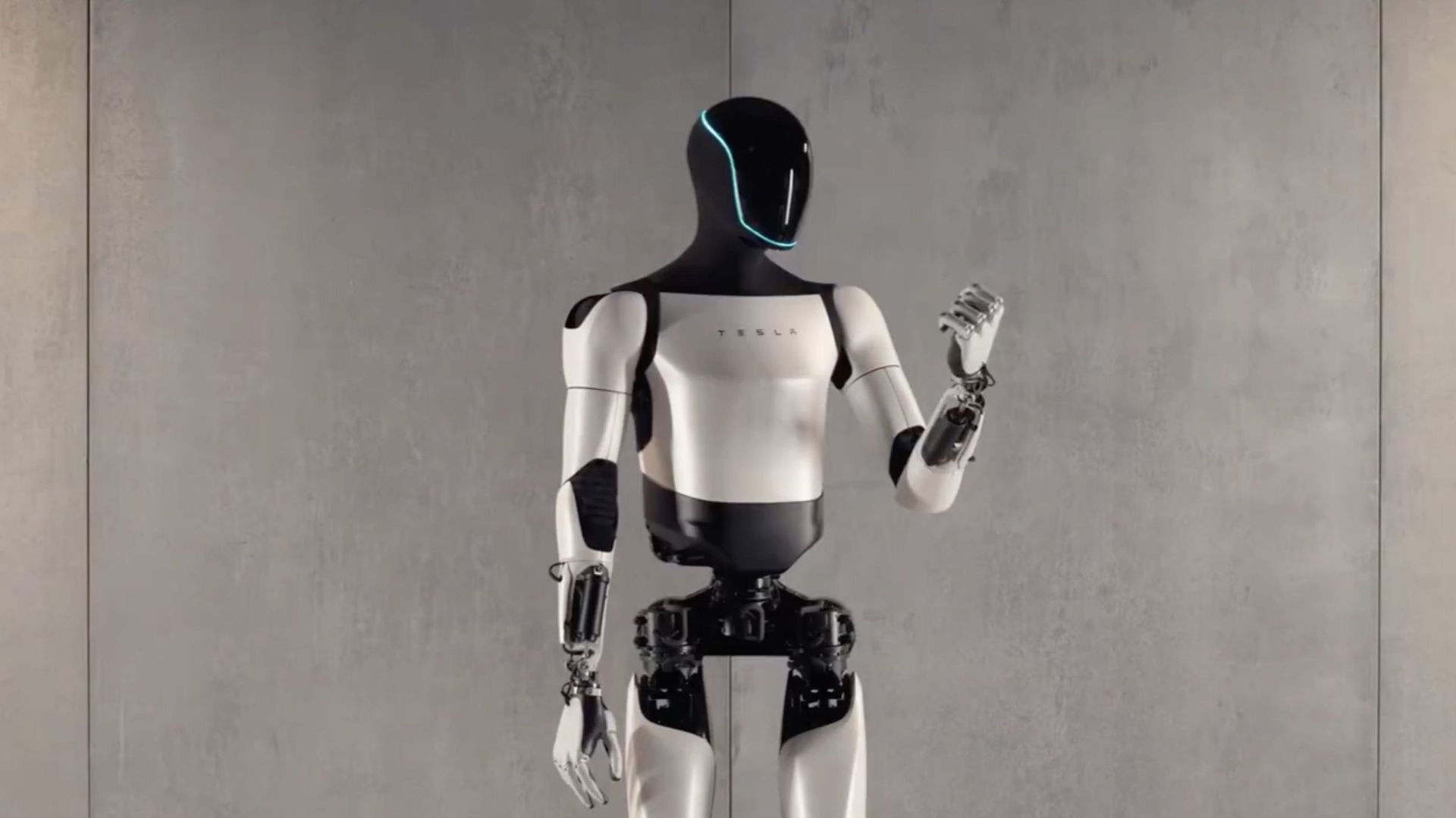
A sort of Marvin – the paranoid robot from H2G2, the galactic traveler’s guide – only longer and on steroids, Optimus Gen 2 has, like its predecessor, been designed to “do everything humans no longer want to do”.
Launched in 2023, this Optimus has managed to catch up with Boston Dynamics’ Atlas model, launched eleven years ago!
“Our aim is to make it a useful humanoid robot as quickly as possible, and we’ve designed it using the same method we use for cars. This means we’ve designed it for industrial production, so that it’s possible to manufacture robots in large quantities at low cost, with a high degree of responsibility,” said the multi-billionaire.
He is pursuing the dream of one day producing a robot that will cost less than a car. Moreover, he makes no secret of the fact that, in the long term, this activity should surpass his cars in terms of sales. For the time being, its unit cost is estimated at 20,000 dollars, or that of a small car.
Crazy as it may sound, Elon Musk hopes to produce between 10 and 20 billion units, or almost three robots for every human.
There’s still some way to go, because as the whimsical entrepreneur concedes, the robot lacks a brain, to the extent that it can’t yet walk around completely autonomously. Its price is also still relatively high, and production too limited for the moment to hope for mass democratization.
Although it’s too early to call for the great replacement, artificial intelligence is already transforming the world of work.
On the other hand, it’s clear that the AI wave will not be without consequences for the job market.
According to figures evoked last march by investment bank Goldman Sachs, this race to over-optimize time and costs through artificial intelligence is likely to lead to the elimination of 300 million jobs in the short term. A quarter of all work could thus be automated. A figure that obscures another reality: enhanced competitiveness, with 7% GDP gains every year.
Read also > ZUCK VS MUSK: AN ONGOING BATTLE
Featured Photo: © Le Décodeur

